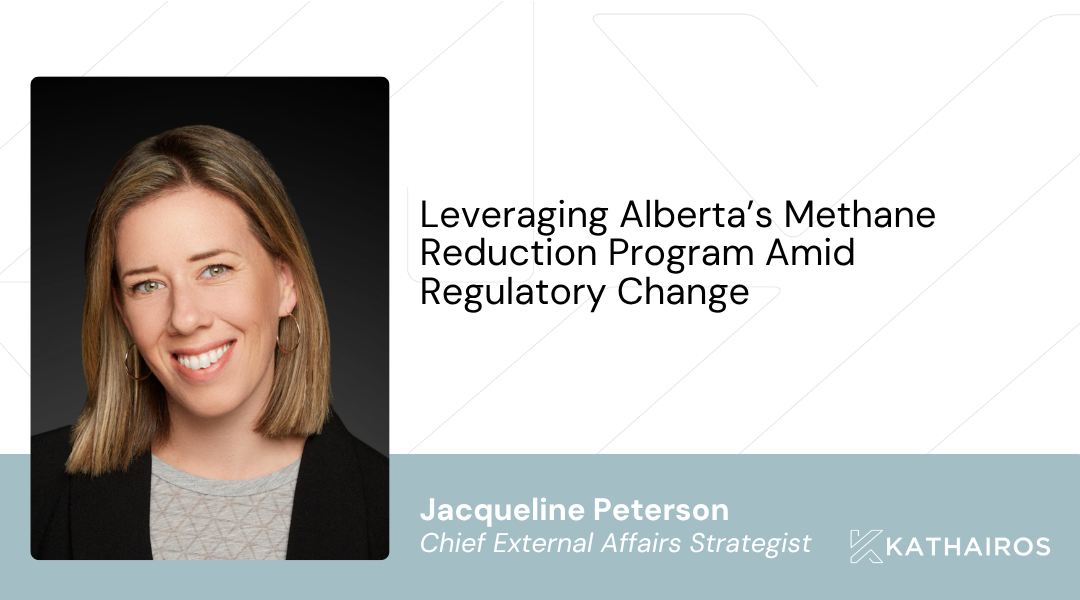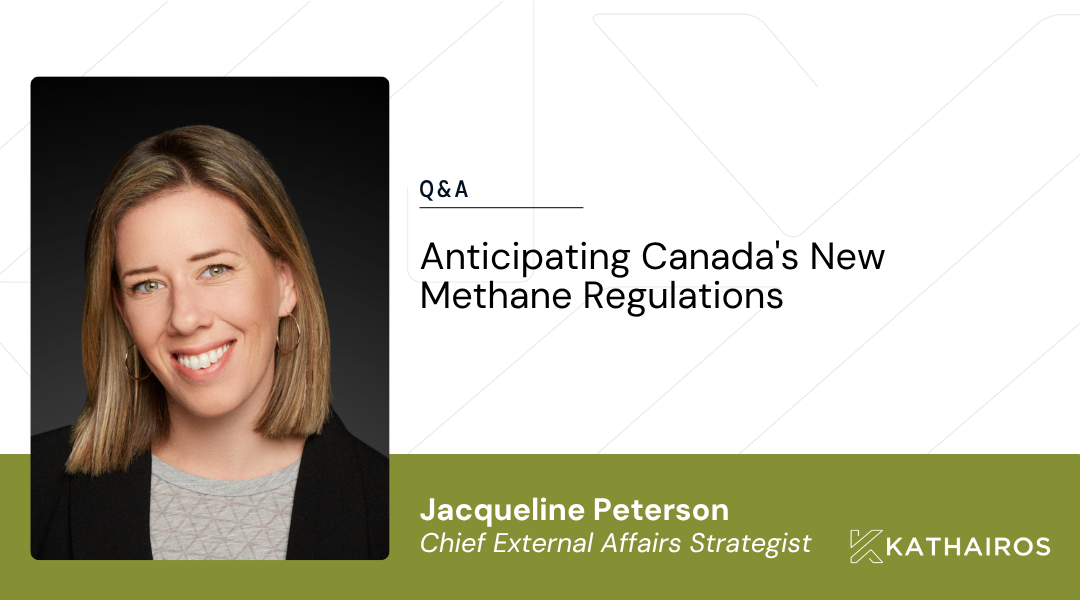
Kathairos has emerged as the leading North American solution for methane elimination from pneumatics, with more than 2,400 systems in operation across North America and over 70 major oil and gas producer partners.
In this post
Kathairos’ liquid nitrogen system for eliminating methane emissions from remote well sites is an absolutely ideal solution, with many competitive advantages that make it favourable to air, solar and electric systems.
RELIABLE AND SIMPLE
The Kathairos system is, without a doubt, the most reliable solution available to producers. Why? There are no moving parts. Liquid nitrogen converts to high pressure gas immediately when exposed to ambient temperature, meaning that unless there is suddenly a failure in the fundamental laws of thermodynamics, this system cannot fail.
Generators, batteries, air compressors, solar panels, burners – alternative solutions require significant operator attention to ensure all moving parts are working as intended. This involvement generally increases over time as aging equipment requires additional servicing and maintenance. With the Kathairos solution, operator involvement is limited to a single on-off valve, and the system requires zero maintenance.
SCALABLE AND LONG-LIVED
The Kathairos system is easy to install and requires little to no changes to site operations. The extensive liquid nitrogen distribution network in Western Canada and the ability of our partner Chart Industries to manufacture hundreds of units per month means that Kathairos can effectively address thousands of remote locations in a timeframe that meets government targets and operational needs.
The Kathairos solution can be in operation for 30 years, after which it is simply re-certified for continued operations. Other solutions requiring generators, batteries and solar panels can depreciate quickly or rendered obsolete after just a few years, at which point they require replacement.
EFFECTIVE AND ACCURATE
Quantifying eliminated methane emissions can be challenging for most systems. All air systems require a gas meter, which is expensive and imprecise over the wide spectrum of demand conditions. This results in higher scrutiny of ESG claims.
Solar and electric systems face similar challenges, as they must estimate the baseline volume of emissions mitigated, which is challenging as wells decline and pump rates change.
The Kathairos system, however, is highly accurate because it is a closed system, where the volume of liquid nitrogen is closely measured, and every standard cubic meter of nitrogen displaces exactly 1.2762 standard cubic meters of methane.
COST-EFFECTIVE
The cost of the Kathairos system is driven by variable liquid nitrogen consumption, which is directly related to the amount of methane eliminated. Alternative systems must be sized for maximum demand, regardless of the fact that most producers only run pumps during the winter months. This means that for seven months of the year, methane emissions are less than half that of winter.
In terms of capital cost, the Kathairos system is significantly less compared to other options. A typical generator and air compressor for a three- to five-well pad ranges from $50,000 to $150,000, versus $16,000 to $29,000 for the Kathairos system.
A complete solar/electrical separator change out can range anywhere between $50,000 and $100,000 for a single well, while a generator/air compressor system for a single well ranges from $50,000 and $75,000. The Kathairos single well system, by comparison, costs approximately $16,000.
We invite you to learn more and receive a complimentary emissions mitigation assessment by getting in touch. Quite simply, we’d love to partner with you in bringing your well site methane emissions to zero.

.png)

